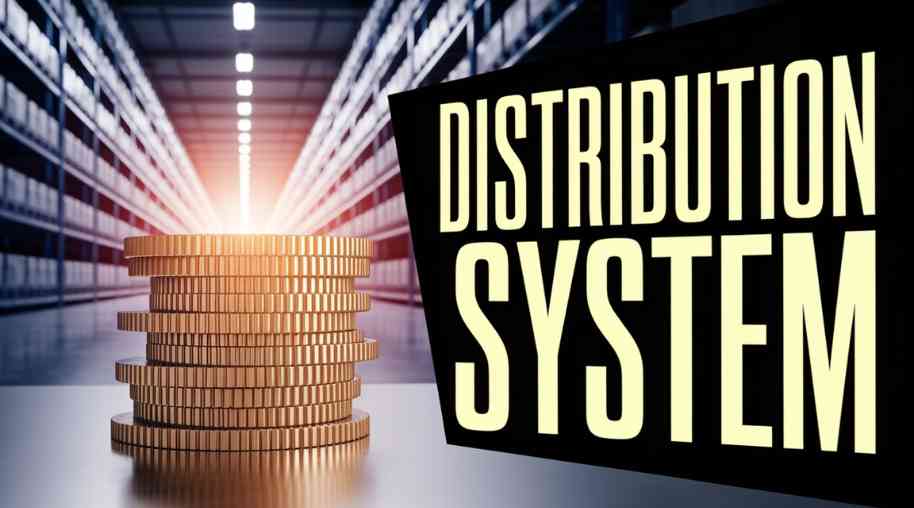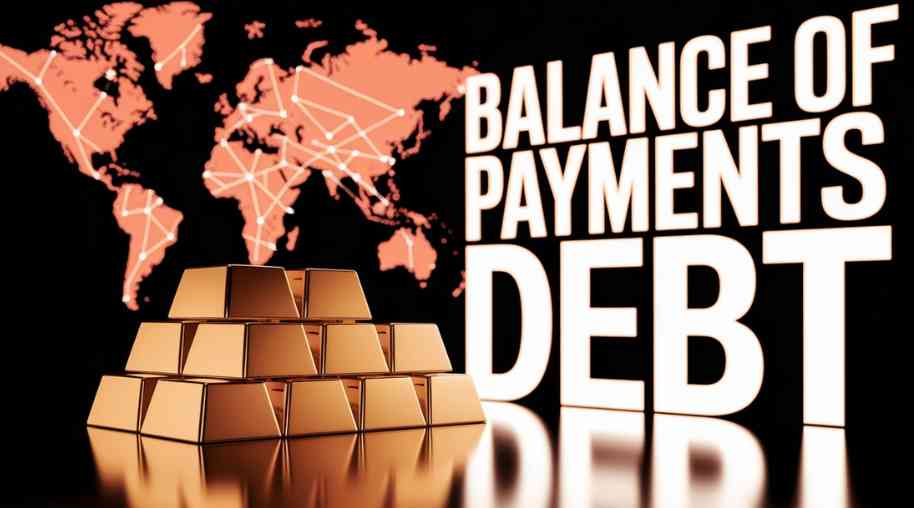PDS Full Form-Public Distribution System
by Shashi Gaherwar
0 1009
Public Distribution System (PDS) in India: Meaning, Objectives, Benefits & Challenges
The Public Distribution System (PDS) is one of India’s most crucial social welfare programs. Designed to ensure food security for all, especially the underprivileged, the PDS has become a backbone in supporting millions of households across the country. The full form of PDS is Public Distribution System, and it plays a vital role in distributing essential food grains and commodities at subsidized prices through a nationwide network of ration shops.

What is the Public Distribution System (PDS)?
The PDS is a government-sponsored chain of shops that are entrusted with the responsibility of distributing basic food and non-food commodities to the economically weaker sections of society at very low prices. These shops, also known as Fair Price Shops (FPS), are regulated by the central and state governments. Commodities such as wheat, rice, sugar, and kerosene are commonly distributed through this system.
The Ministry of Consumer Affairs, Food and Public Distribution, Government of India, oversees the overall management of the PDS, while the state governments are responsible for identifying eligible families, issuing ration cards, and supervising the functioning of Fair Price Shops.
Objectives of the PDS
The main objectives of the Public Distribution System are:
1. Ensuring Food Security: To provide essential food items to the poor and vulnerable sections at subsidized rates, ensuring they do not go hungry.
2. Price Stabilization: To control inflation and stabilize food prices across regions.
3. Reducing Poverty and Hunger: By ensuring access to essential commodities, the PDS helps reduce poverty and malnutrition.
4. Support to Farmers: By procuring food grains from farmers at Minimum Support Prices (MSP), the system supports agricultural incomes and production.
Types of Public Distribution System
There are two main categories under the PDS:
• Universal PDS (Pre-1997): Initially, the system was universal and available to all citizens regardless of income.
• Targeted Public Distribution System (TPDS) (Post-1997): Launched in 1997, TPDS aims at targeting only the poor by categorizing beneficiaries into Below Poverty Line (BPL) and Above Poverty Line (APL) households. Later, Antyodaya Anna Yojana (AAY) was introduced to cover the poorest of the poor.
Key Features of the PDS
• Ration Cards: Beneficiaries receive ration cards which are necessary for purchasing food grains at fair price shops.
• Fair Price Shops (FPS): These government-approved outlets distribute commodities like rice, wheat, sugar, and kerosene.
• Digitalization: Many states have introduced biometric systems, e-POS machines, and digital ration cards to prevent fraud and ensure transparency.
Benefits of the Public Distribution System
1. Food Security: PDS ensures that basic food items are available to millions of families at affordable rates.
2. Poverty Alleviation: It plays a critical role in supporting low-income families and reducing hunger.
3. Inflation Control: By regulating the price and supply of essential goods, PDS helps in price stabilization.
4. Agricultural Support: Government procurement under PDS helps provide a secure market and fair price to farmers.
5. Employment Generation: The logistics and distribution involved in PDS also create employment opportunities across sectors.
Challenges Facing the PDS
Despite its success, the PDS system faces several challenges:
1. Leakages and Corruption: There have been frequent reports of food grains being diverted to the open market or sold illegally.
2. Identification Errors: Wrong identification of beneficiaries leads to ineligible people receiving benefits, while the needy are left out.
3. Quality of Food Grains: Sometimes, the quality of food items distributed through PDS is poor and unfit for consumption.
4. Storage and Transport Issues: Lack of adequate storage facilities and improper transportation often result in wastage.
5. Exclusion due to Digital Divide: In areas with low digital literacy or poor internet connectivity, biometric systems may lead to denial of food.
Recent Reforms in the PDS
To address the above challenges, the government has taken several reformative steps:
• One Nation, One Ration Card (ONORC): This scheme allows beneficiaries to access their entitled food grains from any PDS shop in the country, enhancing portability.
• Digitization of Ration Cards: This has helped eliminate duplicate and bogus cards, improving transparency.
• Direct Benefit Transfer (DBT): In some regions, cash is transferred directly into the bank accounts of beneficiaries to purchase food grains from the market.
The Public Distribution System (PDS) is a cornerstone of India’s food security and social welfare programs. While it has successfully catered to the needs of millions of poor families, especially during times of crisis such as the COVID-19 pandemic, there is still scope for improvement in terms of efficiency, transparency, and inclusivity. With the integration of technology and continuous monitoring, the PDS can become more robust and reliable, ensuring no citizen sleeps hungry.

Share:








Comments
Waiting for your comments